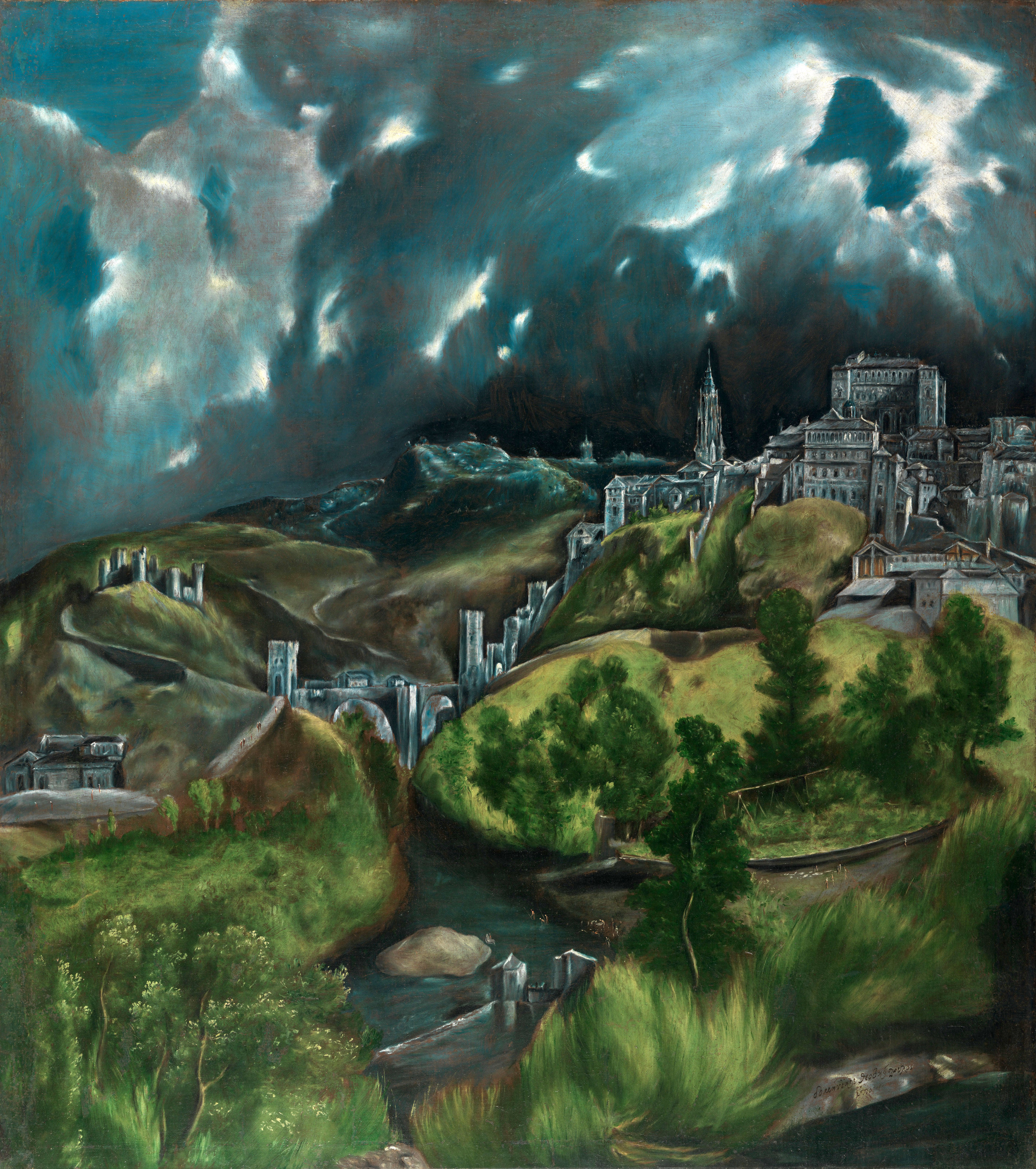The Castle of San Servando is a fortified structure next to the Tagus River and Alcántara Bridge in Toledo, Spain. Looking down on this marvel, one has a stunning view of La Mancha and the regal Academia de Infanteria building. Toledo, a city over 2,000 years old, is known for having three cultures (Muslim, Christian, and Hebrew) exist peacefully within its walls during the medieval period. Toledo originated during the Roman Era (i.e. there was an aqueduct and circus there) and became the capital of the Visigoth Kingdom (like the Vandal Kingdom in North Africa after 476 CE). Today, it has close, cobble-stoned streets and many old bridges and alcazars.

|
| Sloping hill next to the Castle |
The actual Castle was probably built by the Visigoths, but when Alfonso VI took Toledo in 1085, he built a monastery upon the crumbling ruins. He dedicated it to Servando and German, Spanish saints who saved Alfonso’s life in battle. Alfonso VI (also known as Alfonso the Brave) reunited Castile and Leon and helped beat back the Muslim encroachment. Because of his suppression, a Muslim Almoravid army from Africa invaded Toledo in 1099. Due to this incursion, the Castle of San Servando was converted to a fortress to protect the susceptible bridge nearby. The Castle can be seen as a triumph of Christianity over Islam as Alfonso tried to forge a new Christian Kingdom in Spain. The building underwent construction until 1386, and today it is a hostel for young travelers (http://juventud.jccm.es/sanservando/es/index.html ).
As for the architecture of the Castle, it has a central square surrounded by cylindrical turrets/towers for defense and because it is easier for archers to shoot and then seek refuge behind the large crenellations. The walls are made of rubble and stone, and there are horseshoe arches (reflecting the Arabic influence). The style is officially “Gothic,” but Toledo contains many other buildings that are “Mozarabic,” a style that incorporated aspects of Arabic and Christian architecture. San Servando was depicted in El Greco’s stunning View of Toledo (1596-1600) in the middle left. El Greco, whose real name was Domenikos Theotokopoulos, was a Cretan Mannerist painter who moved to Toledo in 1577. His paintings are characterized by exaggerated elements, blue, stormy skies, and elongated forms.
View of San Servando and the Alcántara Bridge

._Portal.jpg)


No comments:
Post a Comment